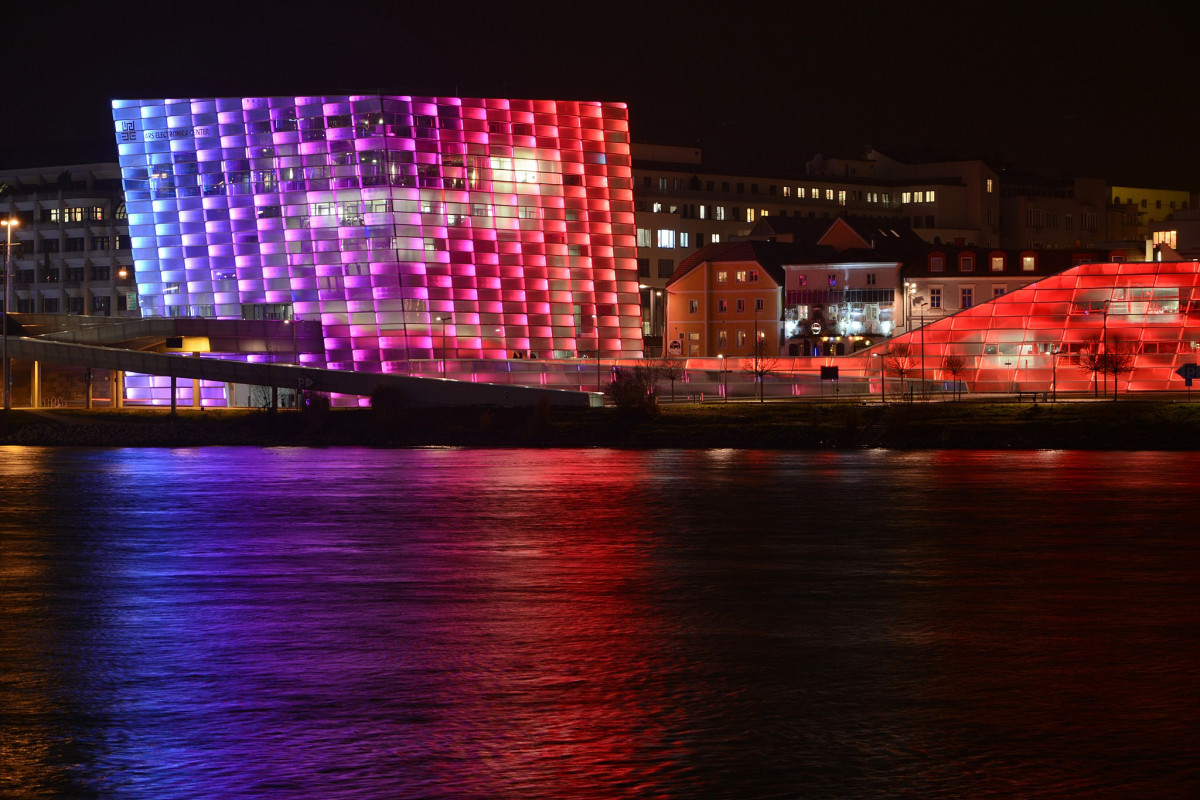Sponsored Content
Prix Ars Electronica 2025: Robotics and AI in the Spotlight of Media Art
The renowned Prix Ars Electronica has announced its winning projects for 2025, with robotics and artificial intelligence (AI) playing a particularly prominent role. From nearly 4,000 submissions from 98 countries, four Golden Nicas and numerous other awards were presented, underscoring the diversity and innovative power of the media art scene worldwide.
 Ars Electronica is an annual festival and media art competition held in Linz, Austria. The festival showcases innovative projects at the intersection of art, technology, and society. / Picture: © Wikimedia Commons / Walter Isack(Isiwal) / CC BY-SA (https://creativecommons.org/licenses/by-sa/3.0)
Ars Electronica is an annual festival and media art competition held in Linz, Austria. The festival showcases innovative projects at the intersection of art, technology, and society. / Picture: © Wikimedia Commons / Walter Isack(Isiwal) / CC BY-SA (https://creativecommons.org/licenses/by-sa/3.0)
At a press conference in Linz, Gerfried Stocker, CEO of Ars Electronica, and Managing Director Veronika Liebl attributed the significant increase in submissions—particularly in the youth category, which saw a 43 percent increase—to the increased participation of countries from Africa, Latin America, and China. Thematically, Stocker emphasized the strong “connection between the…
or Log In
Fast News Search





